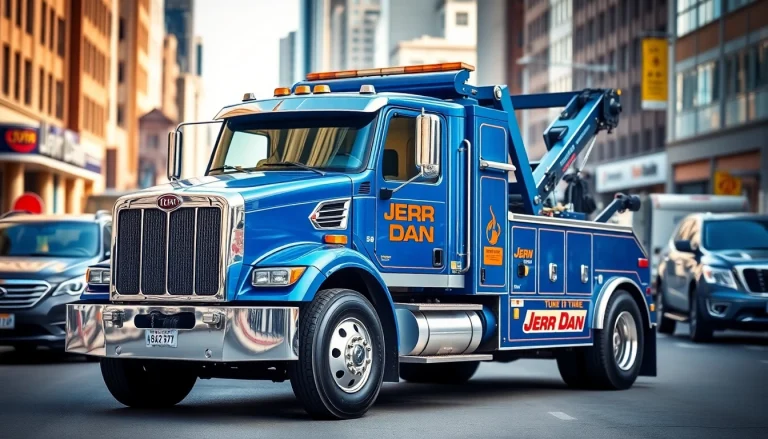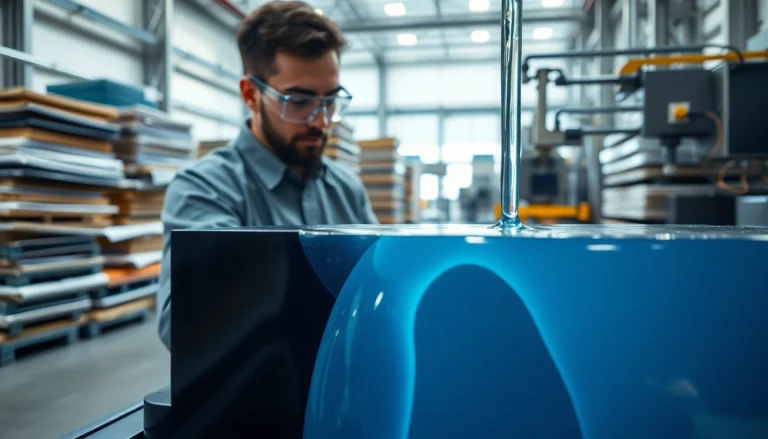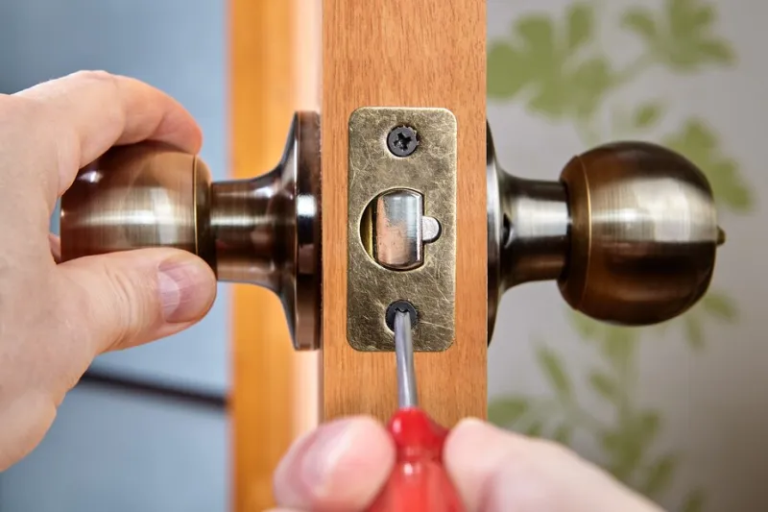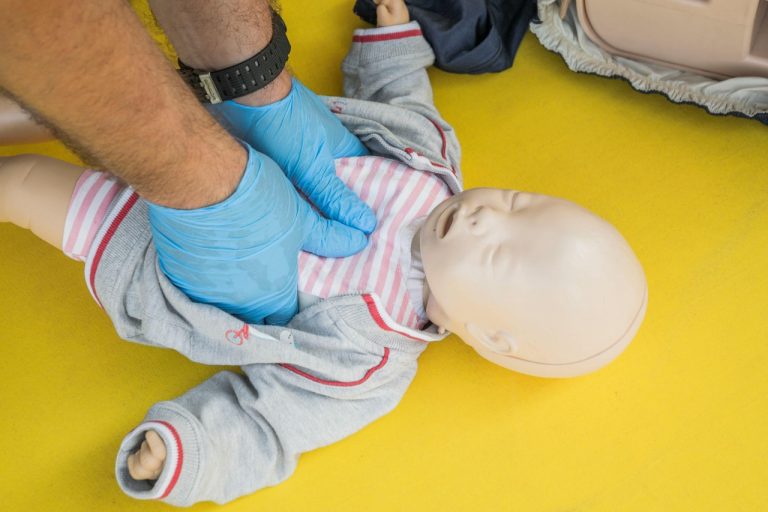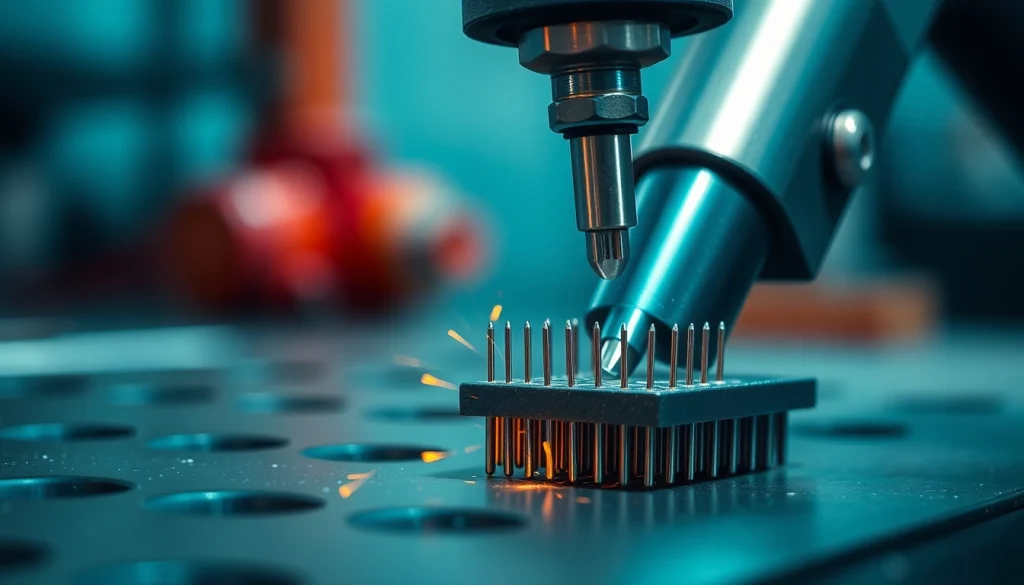
Understanding the Needle Gun: Basics and Functionality
What is a Needle Gun?
A needle gun is a specialized tool primarily designed for surface preparation by removing old paint, rust, or mill scale from various metal surfaces. This tool operates by using a series of needles or pins that rapidly vibrate, delivering a small but powerful striking action that effectively dislodges unwanted materials. The needle gun is particularly valued in industries where precision and cleanliness are paramount, such as automotive repair, shipbuilding, and metalworking.
How Does a Needle Gun Work?
The fundamental mechanics of a needle gun involve air pressure or an electric motor that drives the needles forward and backward at a high speed. This hammering action causes the needles to penetrate the surface layer of paint, rust, or debris, effectively breaking it apart without damaging the underlying metal. Most needle guns are lightweight and ergonomically designed, allowing for ease of use and prolonged operation without excessive fatigue.
Common Applications of Needle Guns
Needle guns have a broad array of applications, including:
- Automotive Repair: Removing rust and old paint from vehicle bodies for restoration work.
- Shipbuilding and Maintenance: Essential for cleaning metal structures and components to ensure adhesion of new protective coatings.
- Construction: Professionals use needle guns to prepare surfaces for welding and other crucial processes.
- Industrial Maintenance: Regular upkeep of machinery and equipment often entails using needle guns to retain efficacy and performance.
Choosing the Right Needle Gun for Your Needs
Types of Needle Guns Available
There are two primary types of needle guns: pneumatic and electric. Each type offers specific advantages suited to different tasks:
- Pneumatic Needle Guns: These are powered by compressed air, making them suitable for heavy-duty applications. They often deliver higher power levels and are more efficient for extensive or industrial tasks.
- Electric Needle Guns: Generally easier to operate, these guns require less maintenance and are quieter during use. They are more suited for smaller jobs and indoor settings where noise could be an issue.
Key Features to Look for in a Needle Gun
When evaluating needle guns, consider the following features:
- Needle Count: More needles provide quicker material removal but can be heavier. Typical counts range from 12 to 20.
- Working Pressure: For pneumatic models, a range of 80 to 120 PSI is common. Ensure compatibility with your air compressor capacity.
- Weight and Ergonomics: Look for a model that balances weight and comfort to minimize fatigue during extended use.
- Replacement Needles: Check if replacement needles are available and affordable, as wear is inevitable over time.
- Noise Level: Consider models with internal dampening features if noise is a concern in your operating environment.
Evaluating Brand and Pricing Options
Brand reputation can often be a reliable indicator of quality and durability. Popular brands tend to offer better warranty support and customer service. Pricing can vary significantly based on brand, specifications, and additional features. It’s advisable to compare various models and read reviews to ensure that you’re investing in a product that meets your needs.
Best Practices for Using a Needle Gun Effectively
Safety Precautions When Using Needle Guns
Operating a needle gun presents risks due to the high-speed operation and potential for flying debris. Essential safety precautions include:
- Personal Protection Equipment (PPE): Always wear safety goggles, gloves, and a dust mask to protect against inhalation of particles.
- Work Area Maintenance: Keep the workspace clear of unnecessary materials and ensure proper ventilation to reduce hazards.
- Regular Tool Inspections: Check your needle gun for any signs of wear or damage before use to prevent malfunctions.
Techniques for Optimal Surface Preparation
To achieve the best results, utilize the following techniques:
- Proper Angle: Hold the needle gun at an angle that allows for the best contact with the surface, generally around 45 degrees.
- Even Movement: Maintain a consistent speed while sweeping over the surface to ensure uniform material removal without gouging.
- Layered Approach: Begin with a deeper penetration for heavily rusted or painted areas and finish with a lighter touch for finer cleaning.
Maintaining Your Needle Gun for Longevity
Regular maintenance will extend the life of your needle gun significantly. Important tips include:
- Cleaning: After use, clean any debris from the needle housing and check for blockages.
- Lubrication: Regularly lubricate moving parts to prevent wear and maintain optimal performance.
- Needle Replacement: Monitor needle wear and replace them as necessary to prevent decreased efficiency.
Troubleshooting Common Needle Gun Issues
Identifying Performance Problems
Common symptoms indicating issues with your needle gun include:
- Inconsistent Performance: This may indicate worn needles, low air pressure, or other mechanical issues.
- Excessive Vibration: Can point to imbalanced needles or an improperly installed mechanism.
- Leaks: In pneumatic models, air leaks can cause decreased efficiency and should be repaired immediately.
Common Repairs and Adjustments
Address specific issues systematically:
- Needle Alignment: Ensure needles are correctly aligned for even wear; adjust as needed.
- Pressure Regulation: Check and fix any air pressure issues, ensuring it meets the required specifications for your model.
- Component Replacement: Identify parts that may need replacement, such as springs, seals, or the trigger mechanism itself.
When to Seek Professional Help
If troubleshooting does not resolve the issues, it is advisable to consult with a professional. Continuously failing performance, strange noises, or failure to start should prompt an inspection by a certified technician to prevent further damage.
Comparing Needle Guns with Other Surface Preparation Tools
Needle Gun vs. Sandblaster: Which is Better?
Both tools serve to prepare surfaces but are used in different contexts:
- Effectiveness: Sandblasting is quicker for larger areas but can remove more material than needed, while needle guns are more precise for detailed work.
- Surface Damage: Needle guns provide gentle abrasive action ideal for sensitive surfaces, whereas sandblasters can cause significant surface wear.
- Setup Time & Cleanup: Needle guns require minimal setup and produce less mess, making them suitable for indoor applications.
Pros and Cons of Using Needle Guns
Understanding the advantages and limitations of needle guns can help during decision-making:
- Pros:
- Effective at removing heavy rust and contaminants.
- Less aggressive than many other methods, reducing the risk of damaging the underlying surface.
- Versatile in application across various sectors.
- Cons:
- May require significant physical effort for extensive jobs.
- Performance diminishes with dull needles, necessitating regular maintenance.
- Not suitable for very large surface preparation quickly compared to more specialized equipment.
Integrating Needle Guns into Your Workflow
Incorporating a needle gun into your workflow can enhance productivity and surface finish quality:
- Workflow Analysis: Understand how needle guns can complement existing tools in your operation.
- Training: Ensure all operators are adequately trained in their use for optimal performance and safety.
- Regular Assessment: Continuously evaluate the performance to adapt your equipment and processes as necessary.
